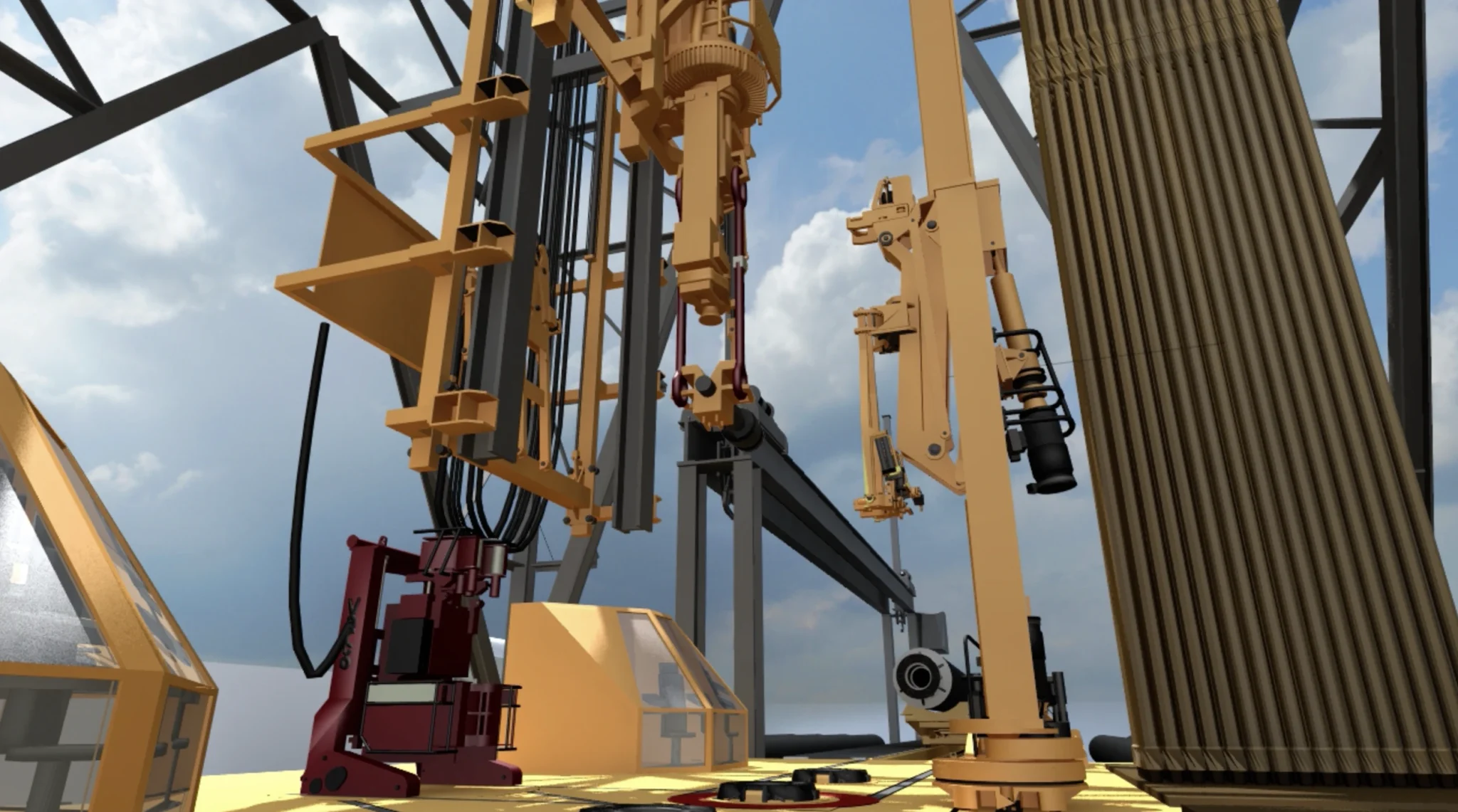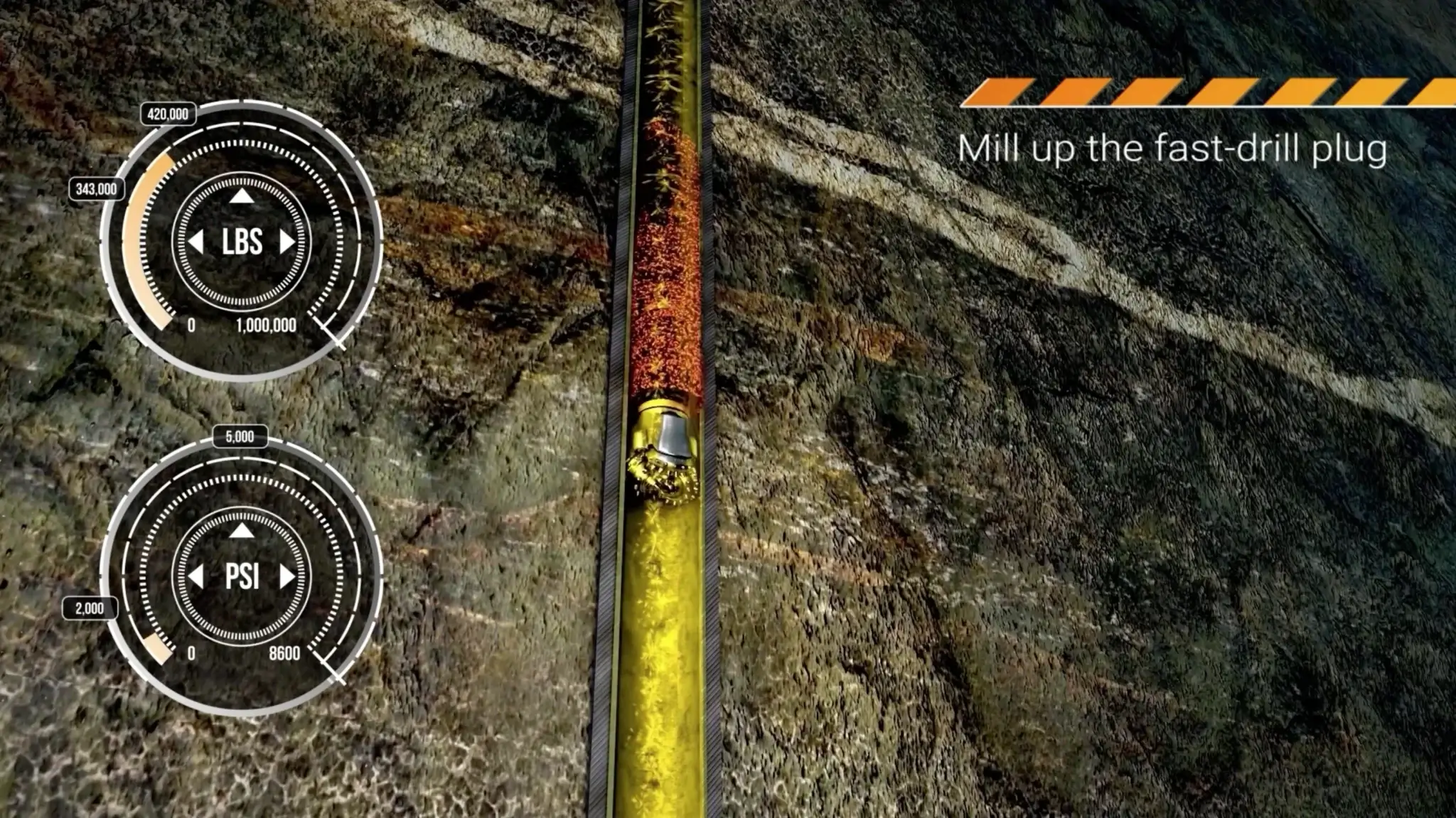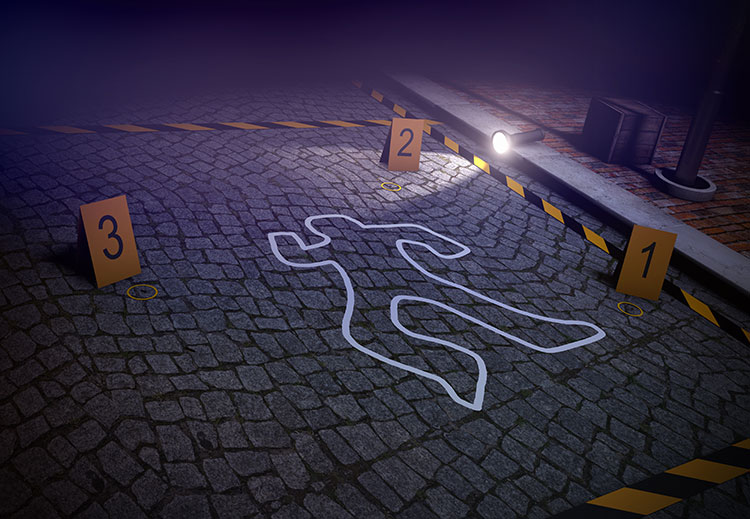legal animation companies
A forensic animator relies on computer technology to reconstruct accidents or other incidents, thereby assisting attorneys in obtaining a favorable resolution or outcome.
The application of forensic science in legal proceedings is not a recent phenomenon. The field of forensic science saw significant progress and recognition throughout the 1900s in both Europe and the United States. Forensic animation can be viewed as nothing more than a progression within the field.
These precise 3D models are positioned "above" the scan, offering enhanced visibility of tangible attributes. In this instance, one can observe the scenario gradually taking form with a robust surroundings. Each model and scan accurately represents the physical world.



